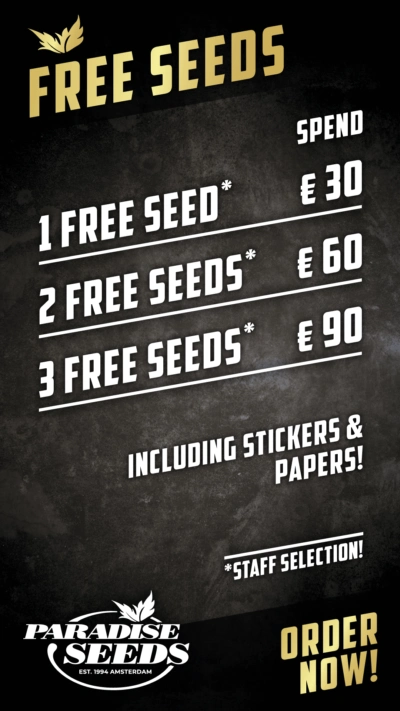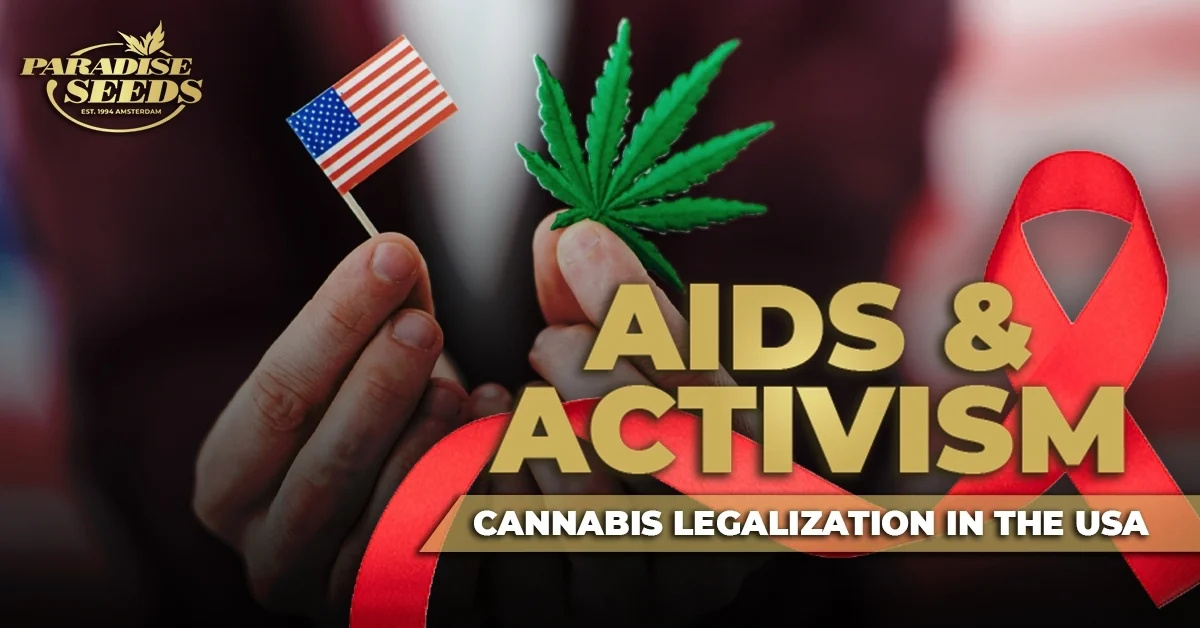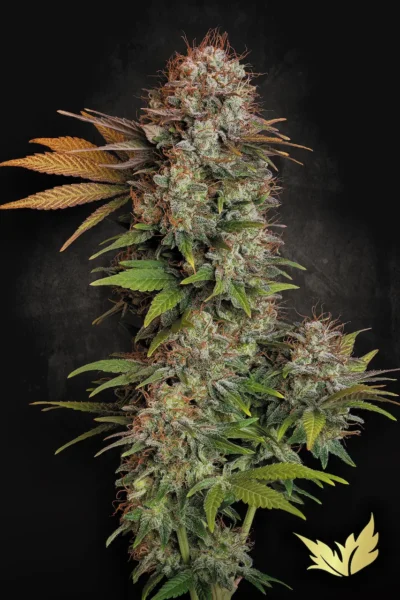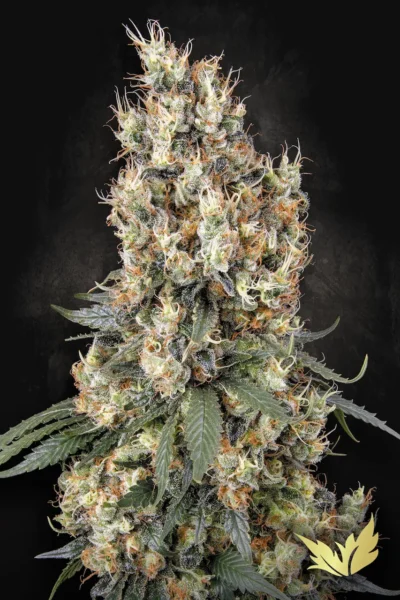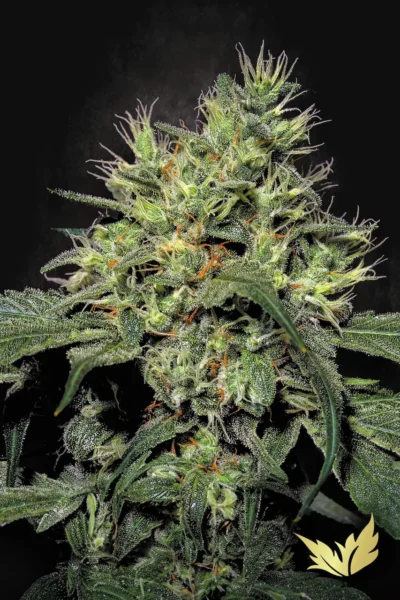We are still coming to terms with the Covid pandemic and how it will impact on our future lives as a society, but December’s World AIDS Day acts as a reminder that unlikely positives can come from adversity.
For today’s history lesson, we take a look at the contribution of AIDS and cannabis activism to marijuana legalization in North America.
In the late Twentieth Century, the arrival of the AIDS pandemic caused its own shockwaves throughout the world, and changed patterns of social behaviour and the way sections of society interacted with each other.
This disease has been responsible for one of the most destructive pandemics the world has ever known, claiming the lives of 35 million people. However, almost 40 years after the condition first arrived in the public consciousness, medical advancements have ensured that, with early diagnosis and the right treatment, the life expectancy of an AIDS patient is now approximately 70 years .
This was not the case in the 1980s when the AIDS pandemic announced itself with devastating effect, hitting the gay community particularly hard, with unprotected sex being the main source of infection.
At that time, San Francisco was home to a sizeable gay community (estimated to be in the region of 100,000). Attracted to the city which was synonymous with liberal values and offering a sanctuary from the discrimination and intolerance which characterized attitudes across most of the USA at the time.
San Francisco: Center of Cannabis Activism and Gay Activism
San Francisco was also a city whose counter-cultural roots ran deep in relation to the cannabis plant, a city where marijuana had thrived since the emergence of the hippie movement in Haight-Ashbury in the 1960s.
The city had been a home to the Beats in the 1950s and early 60s and was at the center of the 1967 Summer of Love, becoming a magnet for young Hippie kids across the country who were attracted to the laid back vibes and the accessibility of weed and LSD (typified by the Psychedelic Shop, the USA’s first ever head shop, which opened in 1966).
Cannabis activism and gay activism in San Francisco had long shared common threads and these became even more intertwined as the 1980s AIDS epidemic swept through. Into this picture, enter Dennis Peron, a prominent cannabis activist and also a gay man, who saw at first hand the destruction the new disease was bringing to his circle of friends.
At that time he was on a counter cultural mission to provide marijuana for the masses, which he did by selling through San Francisco pop up stores such as The Big Top marijuana supermarket, but he soon became aware of the value and role that cannabis was playing in treating the symptoms of AIDS.
Medical Cannabis and the Treatment of AIDS symptoms
As John Entwistle Jr (Peron’s lead strategist) remembers in The Secret Story: How Medical Cannabis Was Re-Legalized in the US , “There was no real treatment in the early days.
The main characteristic of the AIDS disease back then was wasting. For some reason the body just lost its appetite. You’d become just a human skeleton. The marijuana would help to stimulate appetite and also of course help with depression.”
Taking up this new cause Peron stepped up his advocacy for the rights of AIDS patients to use cannabis as a medical treatment, an issue that hit the mainstream press with the bust of another legend from the history of cannabis legalization ‘ Brownie Mary ’.
The two went on to spearhead a campaign to make cannabis medicinally acceptable for AIDS patients with Proposition P becoming the first milestone in the legalization battle in 1991; it forced the city of San Francisco to adopt, as policy, its recommendation to the state of California that cannabis would be made available for medical purposes with no penalties for doctors prescribing it.
-
🏆 Sale!
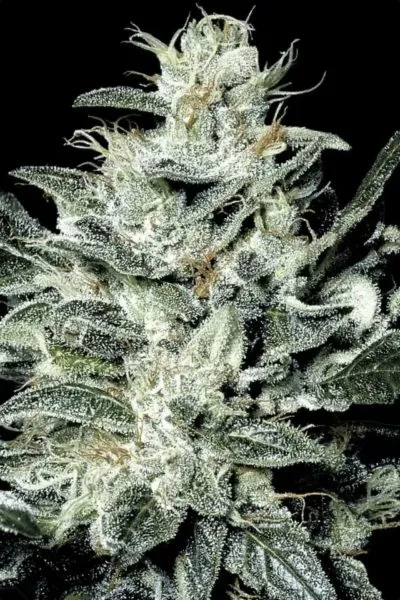
€39.50 – €108.00
€29.63 – €81.00 Select options This product has multiple variants. The options may be chosen on the product page -
€35.50 – €96.50 Select options This product has multiple variants. The options may be chosen on the product page
-
€29.50 – €79.00 Select options This product has multiple variants. The options may be chosen on the product page
-
€22.50 – €59.50 Select options This product has multiple variants. The options may be chosen on the product page
The Fight For Medicinal Cannabis Legalization in the USA
This protest movement resulted in the combination of ‘medicinal’ and ‘cannabis’ appearing in a mainstream conversation for the first time, attracted extensive mainstream publicity.
During this period, Dennis Peron, Brownie Mary and a network of highly motivated cannabis activists just kept pushing against the (perceived flawed) logic of the law. In 1992, the San Francisco Cannabis Buyers Club became the first medical cannabis dispensary in the United States but the ultimate victory came four years later.
In 1996, Proposition 215 (also known as the Compassionate Use Act of 1996), passed into Californian law with the support of 55.6% of voters. It made it legal for patients to possess and cultivate marijuana for personal use with a doctor’s recommendation.
Even though there were still many twists and turns on the journey that ended, over 20 years later, Proposition 215 is widely seen as being a key landmark in the history of cannabis legalization in California in 2016.
Cannabis is still being used by patients with HIV and AIDs, some of whom are members of the Paradise Seeds Medical Program which provides medical users with a 50% discount on all seed purchases.

